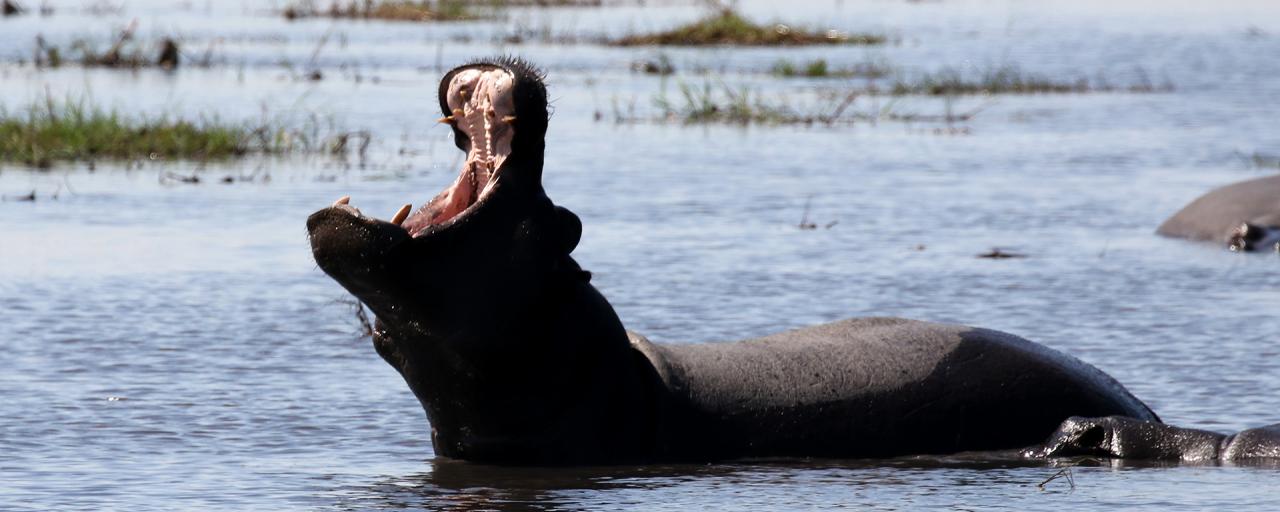Submitted by SafariADV on Fri, 2017-10-06
The Mahango Reserve is located in Namibia, near the Botswana border, so close that, just past the border, coming from Botswana, we find ourselves directly in the park.
Those who have to continue their trip, without visiting the reserve, can pass through the park along the main dirt road and exit from the gate 12 km further North; just sign a transit log positioned on a table on the side of the road.
If you want instead to visit the park you have to pay the entry fee, 90 Namibian $, always at the gate near the North entrance; if you come from Namibia you come in from this gate, if you come from Botswana, after you have completed the immigration formalities, you can decide, as we did, to go all the way to the main road and immediately go to the gate to pay the fee, or you can pay it before leaving the park.
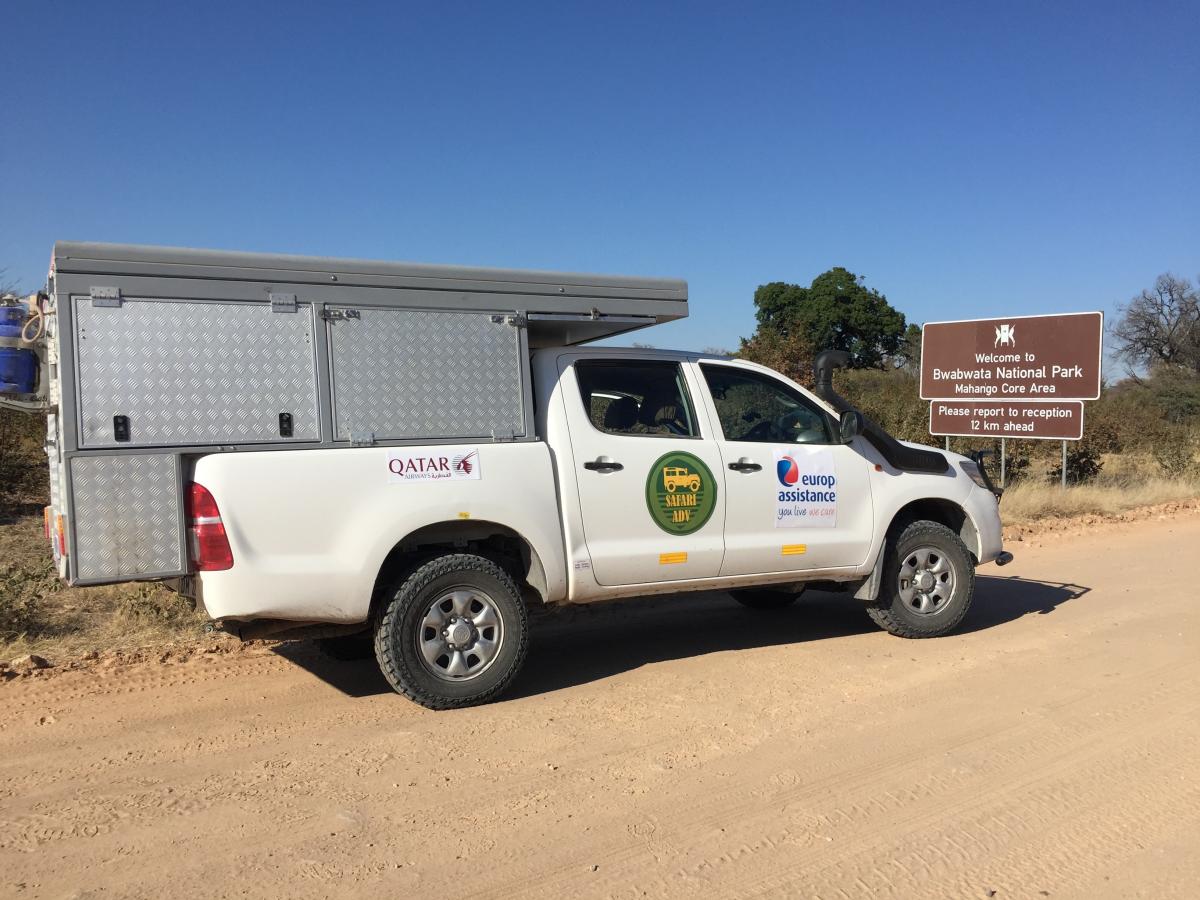
We preferred to go straight away so we asked the ranger for the road conditions; even if you know a park well, in fact, from one visit to another, there may have been changes due to climate or human intervention, the ranger is obviously up to date and can provide valuable information, the map of the park, that may be useful to orient yourself, although the Mahango Reserve is easy to explore and is not very large.
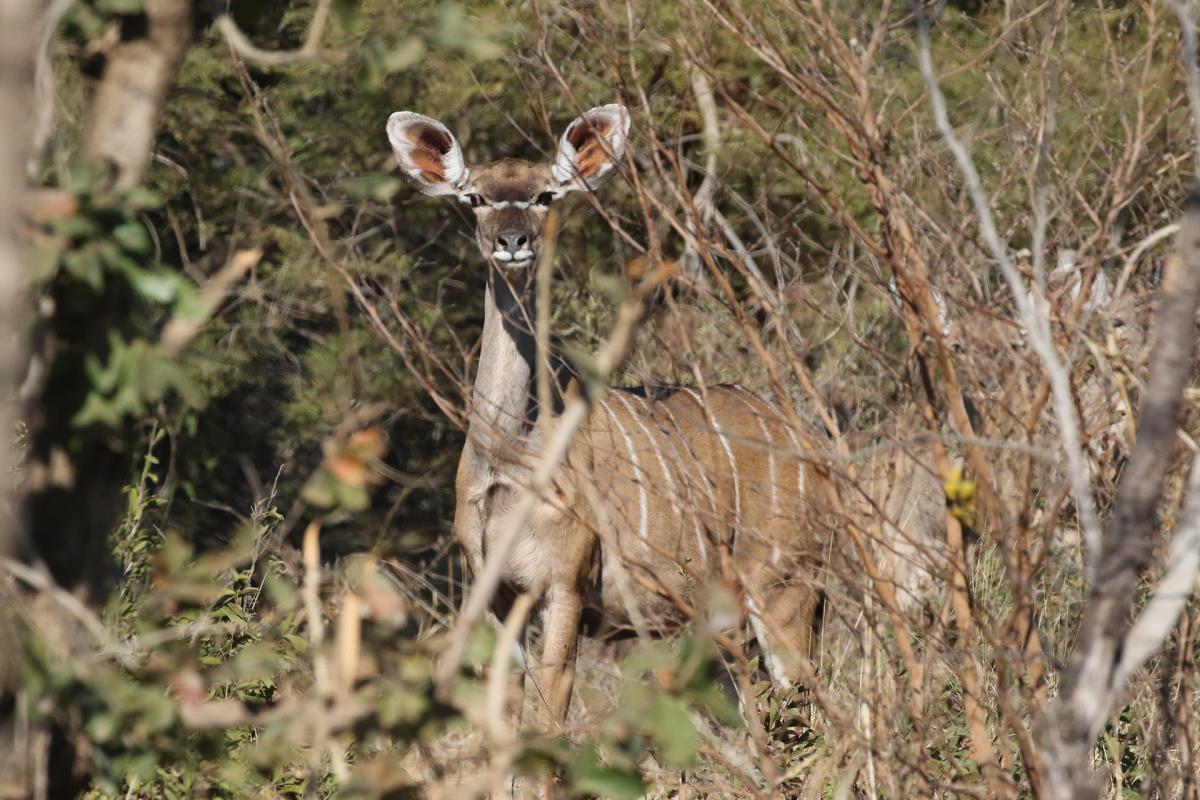
There are two trails that leave and end on the main road, the first one goes East along the Okavango River, where you are most likely to spot animals, especially during the dry season, as they go to the river to drink; the other route is partially closed, the ranger told us they are doing works, they are probably setting the road after the rainy season, you can only go for a piece of this loop, starting slightly South of the ranger station, to the Thingwerengwere waterhole.
We travel first to the East trail, leaving the main track and going down to the river every time a track allows us; we see many hippos and crocodiles, various species of water birds, including yellow-billed storks, African spoonbills, Egyptian geese, spur winged geese and other bird species; we also see some buffaloes and red lechwes, many kudus, both males and females, the unmissable impalas, some giraffes and then a surprise, we spotted some pukus, it's weird because we thought the only park to host them so South was the Chobe National Park, as it is also written in the book "Mammals of Africa", and instead they are here too, we are happy to see them.
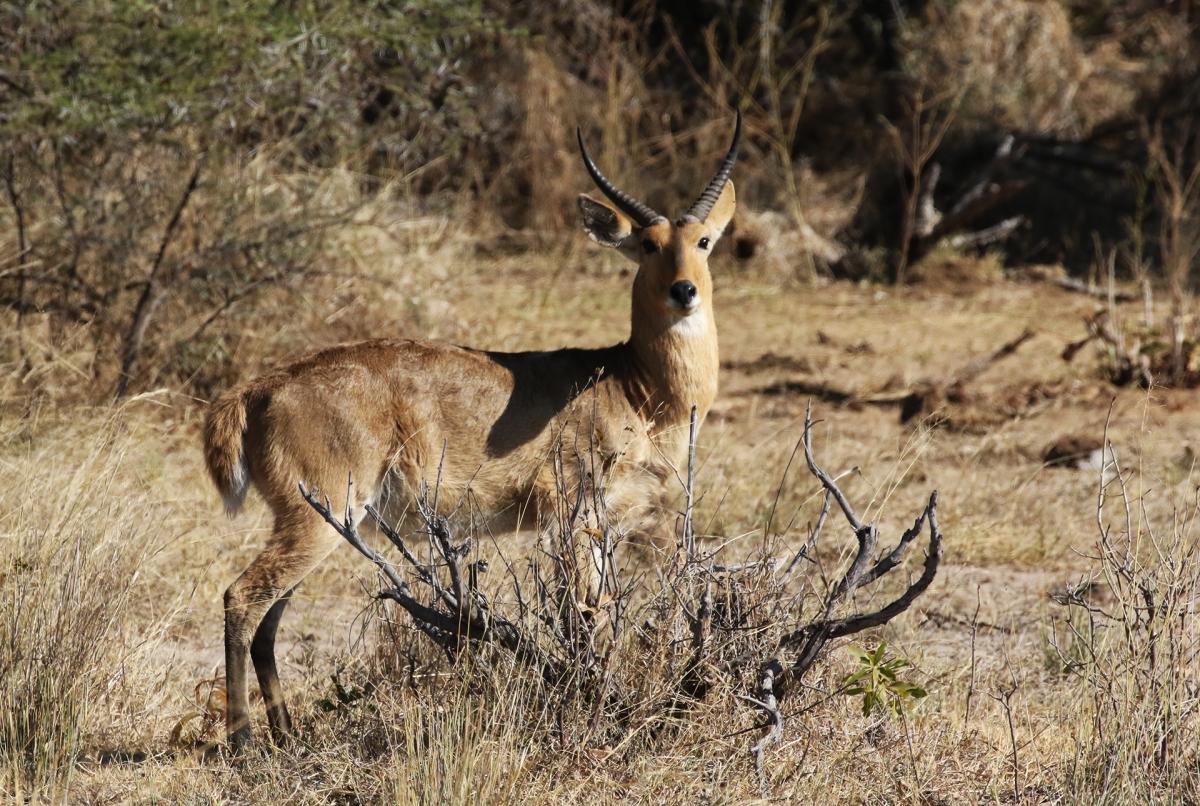
We also travel the open stretch of the Western route, here are fewer animals, we see kudus and impalas but when we get to the water hole of Thingwerengwere we have a welcome surprise: a family of sixteen elephants gathered around the little water left bathing and drinking.
Every now and then we look around, we obviously have kept a safe distance to avoid disturbing them, but at some point we still decide to go away and leave them alone.
The tracks in the park are obviously dirt but not difficult to navigate, we did not even need to deflate the tires, only a few points have a bit of sand but nothing difficult to overcome, the better this way.
We leave the park in mid-afternoon and go to our campsite just outside the gate along the Okavango River; we park our car and go to the lodge bar, that has a magnificent wooden terrace overlooking the river; we drink something and on the opposite side of the river we see a gigantic elephant family, more than fifty, going down to the river to drink and bathe.
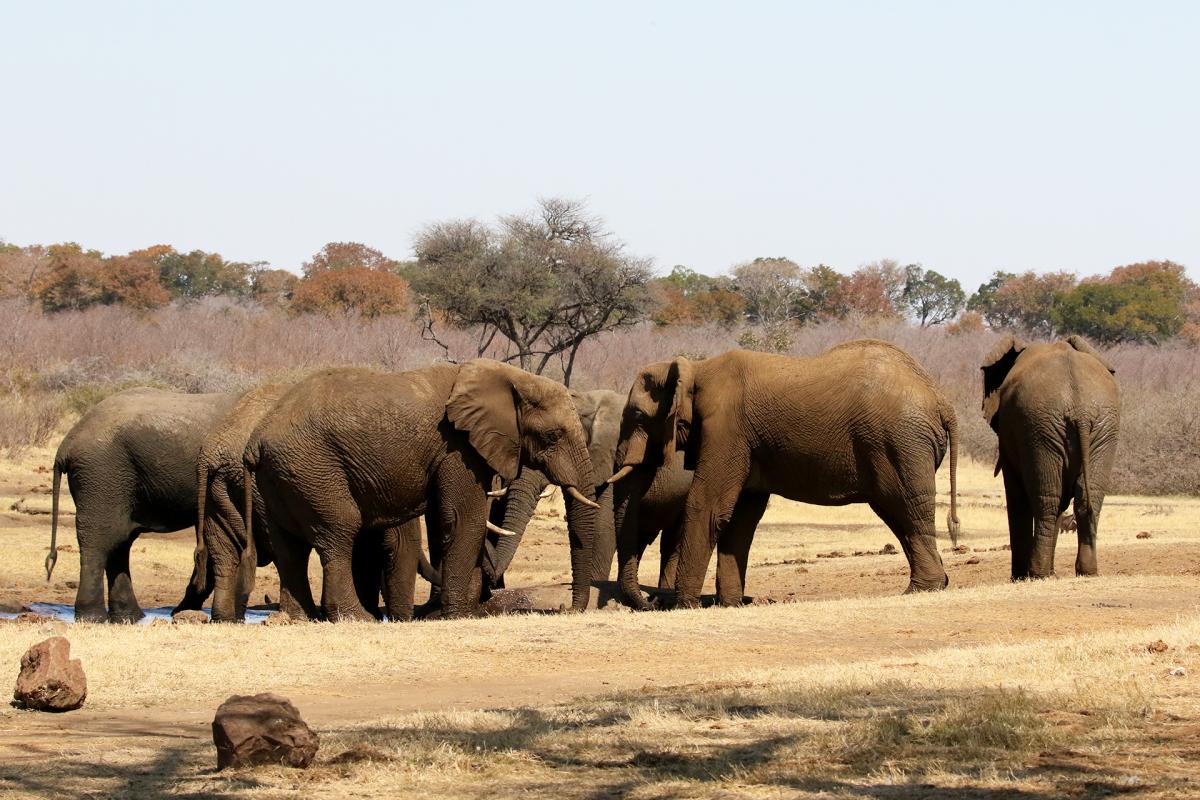
They are beautiful and run down the steep shore, they seem to want to arrive before others; one of the nicest things is that there are so many puppies, and this is very positive for the survival of these wonderful animals.


